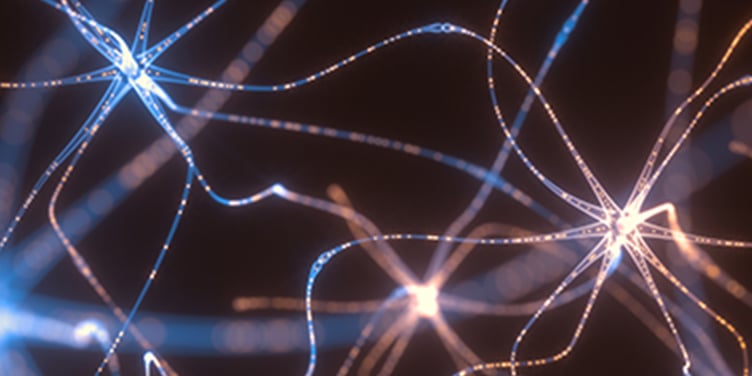Retinitis Pigmentosa

Overview
Retinitis pigmentosa (RP) is a part of a group of inherited eye disorders that affect the retina. The retina is a thin layer of tissue containing millions of light-sensitive nerves that lines the back of the eye. Light rays focus onto the retina, where they are transmitted to the brain and then become the images that you see. In RP, the retinal cells gradually stop working and eventually die. In most cases, the condition first affects the peripheral rod cells, which allow you to see at night, and later affects the central cone cells, responsible for fine detail and color vision.
RP causes permanent vision loss, which usually happens very slowly, over the course of years. Some people with RP become blind, but most people with the condition retain some level of useful vision. If you have RP, there is a 50 to 60 percent chance that someone in your family also has the condition.
Our approach to retinitis pigmentosa
UCSF's ophthalmologists provide comprehensive evaluations and care for all types of eye conditions, from the most common to the rare and complex. We are experts in inherited eye diseases, such as RP.
Although RP currently has no treatments, researchers at UCSF and elsewhere are working to develop them. Interested patients may be able to receive experimental treatments by joining a clinical trial. One large study found that vitamin A may have a small benefit for some RP patients, and we do provide advice on vitamin therapy. We also treat other eye issues sometimes caused by RP, such as cataracts and swelling in the retinas. Low-vision aids, mobility training and other supportive care can help patients with performing everyday tasks.
Awards & recognition
-

Among the top hospitals in the nation
-

Best in Northern California and No. 10 (tie) in the nation for ophthalmology
Signs & symptoms
Symptoms of RP usually develop between the ages of 10 and 30, although some people experience symptoms during childhood. Symptoms vary depending on what part of the retina is affected. RP is a progressive disease, but the rate at which vision deteriorates varies for each person. Eventually, most people with the disease have a very restricted field of vision.
In general, a person's rod cells are first affected by RP. Rod cells help with peripheral (side) vision and seeing in dim light or dark places. The first symptom is often "night blindness," which is difficulty seeing in dim light, such as in a darkened room or outdoors at dusk. Healthy eyes naturally adapt to dark light, but eyes affected with RP take much longer to do this or don't do it all. Some people are also bothered by the glare from sunlight or bright lights.
Trouble with your peripheral vision is also a common early symptom of RP. Peripheral vision is what you see on the sides, rather than straight ahead of you.
In some people, the central cone cells are affected first, and the disease is called cone-rod dystrophy (CRD) instead of RP. Central cone cells help with central vision, which is needed for detailed tasks such as reading, writing, driving, discriminating colors and seeing other fine details clearly.
Diagnosis
A series of tests are available to confirm a diagnosis of RP. These include:
- Dilated eye exam. During a dilated eye exam, you are given special eye drops to dilate your pupils, allowing your ophthalmologist to clearly see the retina at the back of your eye. The drops make you temporarily sensitive to light and cause your vision to be blurry.
- Retinal photograph. A special camera may be used to take photographs of your retina, which help to track the progression of your RP. This may include pictures of the retinal thickness with a camera called an OCT (optical coherence tomography) that uses dim red light.
- Fluorescein angiography. A test called fluorescein angiography may also be recommended to obtain more detailed images of your retina.
- Visual field test. A visual field test is used to determine whether your peripheral vision has been affected.
- Electro-diagnostic tests. Electro-diagnostic tests such as electroretinogram (ERG), electro-oculogram (EOG) and multifocal electroretinogram (mfERG) may be recommended to investigate how your retina is working. The electrical activity of your retina is measured under different lighting conditions to determine which part of your retina is not functioning normally. Most of these tests require your eyes to be dilated (as above) and often use a hard contact lens in each eye to measure the eye's responses to different kinds of light.
Treatments
At this time, there is no cure or treatment available to slow vision loss in RP or associated retinal disorders. However, RP sometimes causes other eye problems that can be treated, such as cataracts or swelling in the retina. Research is being conducted at UCSF and around the world with the aim of developing effective treatments for the disease. Gene therapy, stem cell therapy and growth factors are being scientifically tested as potential treatments for RP.
In addition, a large clinical trial completed in the U.S. in 1993 showed that vitamin A has a small positive effect on visual function, and that vitamin E has a negative effect. The Foundation Fighting Blindness and the National Eye Institute recommended that some adults with RP should take a daily 15,000 international units of vitamin A palmitate supplement and avoid high dose vitamin E to help prolong their vision. Your ophthalmologist will discuss vitamin therapy with you.
Visual aids and adaptations around the home and at work, and training from social services and visual rehabilitation specialists can help those with RP. It may also be important to visit a genetic counselor who can discuss disease inheritance and help with family planning, career choices and other issues related to living with the condition.
UCSF Health medical specialists have reviewed this information. It is for educational purposes only and is not intended to replace the advice of your doctor or other health care provider. We encourage you to discuss any questions or concerns you may have with your provider.









